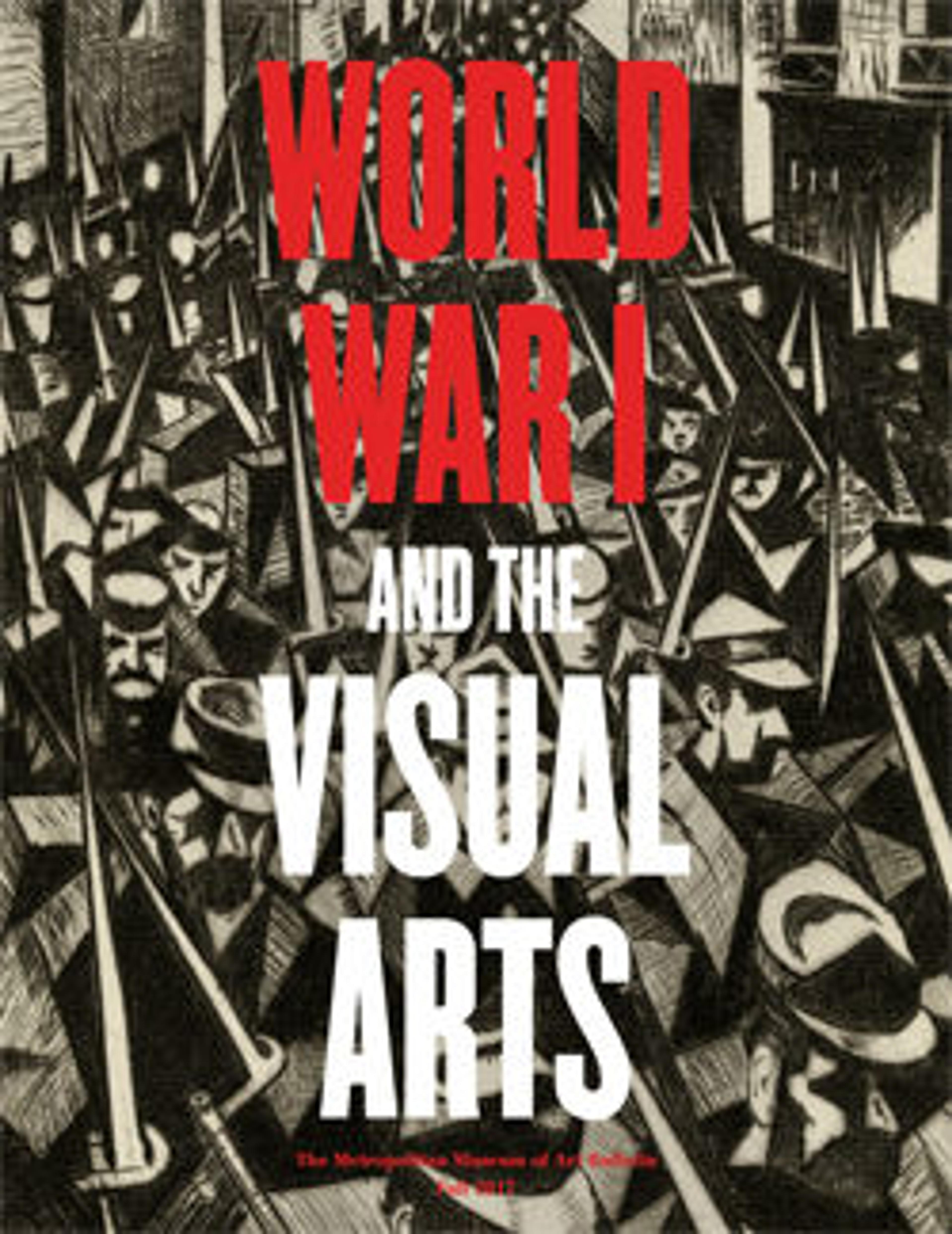Building a Liner at Greenock (On the Clyde, no. 6)
Controlling the seas was essential for ensuring victory in World War I. In the early twentieth century, the British had the greatest navy in the world; to maintain dominance, they produced numerous warships, nearly half of which were built in the shipyards on Scotland’s River Clyde, in towns such as Greenock. Here, Bone—Britain’s first official war artist—shows a giant naval ship under construction. Dominating the work is a huge scaffold, with portions of the ship’s hull visible behind it. The artist emphasized its massive scale, contrasting its size with that of the shipbuilders on the ground and the structures nearby. Bone created multiple series in service of the war, including one of the Battle of the Somme and another of architectural ruins resulting from combat.
Artwork Details
- Title:Building a Liner at Greenock (On the Clyde, no. 6)
- Artist:Sir Muirhead Bone (British, Glasgow, Scotland 1876–1953 Oxford)
- Date:1917–18
- Medium:Lithograph
- Dimensions:Image: 20 5/16 × 14 1/4 in. (51.6 × 36.2 cm)
Sheet: 23 11/16 × 15 3/4 in. (60.2 × 40 cm) - Classification:Prints
- Credit Line:Gift of the artist, 1919
- Object Number:19.46.6
- Curatorial Department: Drawings and Prints
More Artwork
Research Resources
The Met provides unparalleled resources for research and welcomes an international community of students and scholars. The Met's Open Access API is where creators and researchers can connect to the The Met collection. Open Access data and public domain images are available for unrestricted commercial and noncommercial use without permission or fee.
To request images under copyright and other restrictions, please use this Image Request form.
Feedback
We continue to research and examine historical and cultural context for objects in The Met collection. If you have comments or questions about this object record, please contact us using the form below. The Museum looks forward to receiving your comments.
